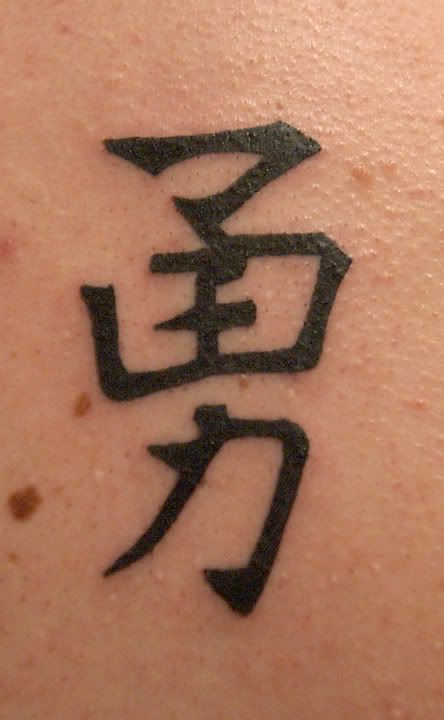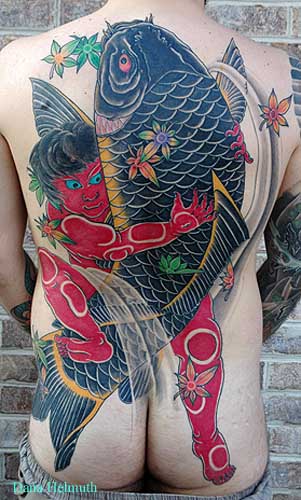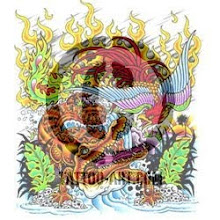Japanese tattoo is that, rather than being almost exclusively a mark of punishment or an element of ritual, it became an immensely popular fashion statement among working-class urbanites of the late 18th century to mid-19th century, despite a ban on tattoos from 1789 to 1801. That was when the tattoo found favor among the growing legions of laborers, rickshaw pullers, criminals, firefighters, artisans and women of the pleasure quarters.
Japanese Tattoo is an unforgiving medium that does not make allowances for duplicity or self-deception. The tattoo is, after all, not an investiture that can be sloughed off like a business suit, a uniform, some hip ensemble. The japanese dragon, accompanied, as always, by. In the japanese arts, cherry blossoms, which survive in splendor for a day or two only before being blown to the ground, symbolize the transitory nature of life.

Japanese Tattoo









No comments:
Post a Comment